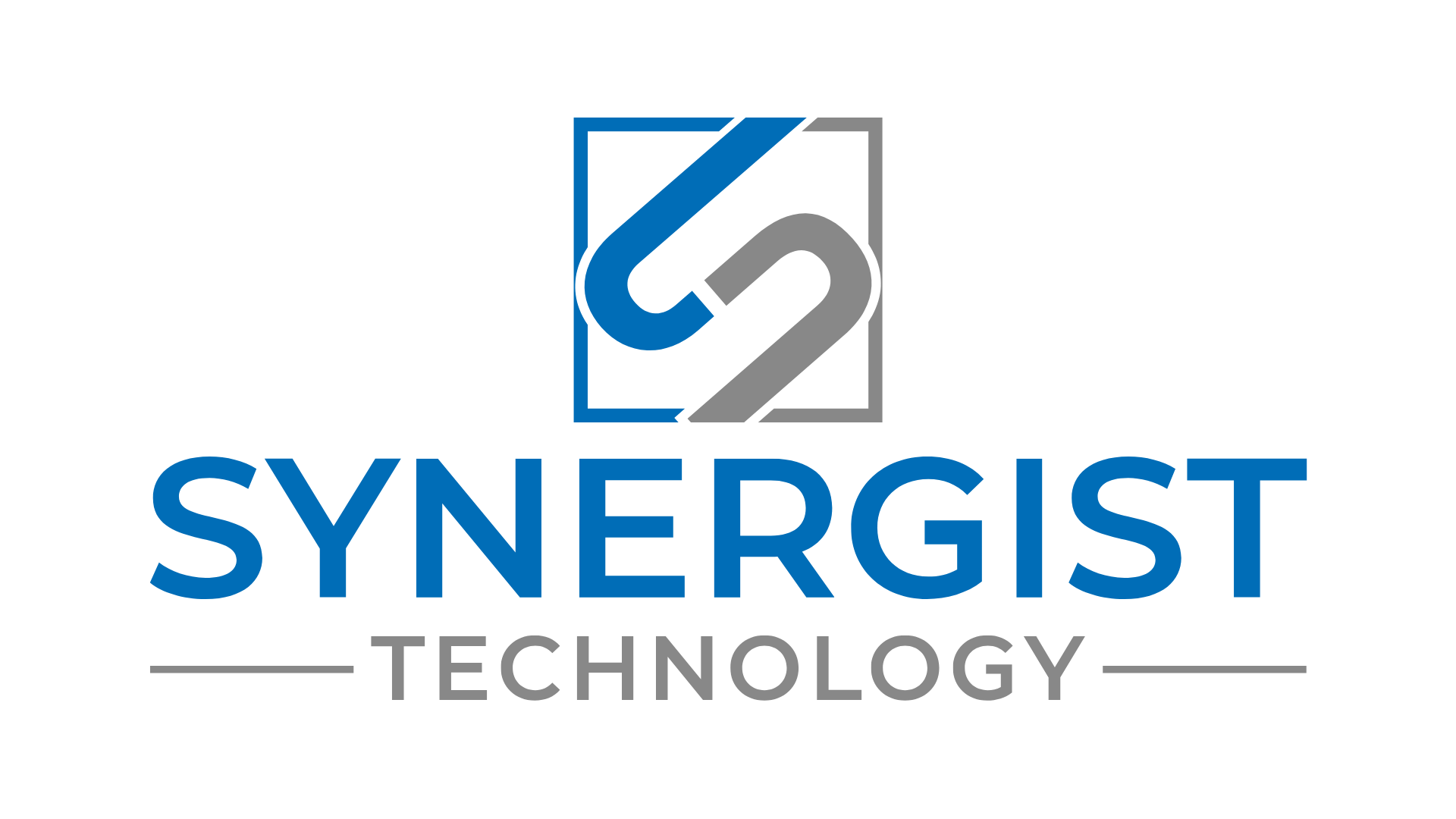AI auditing is a critical process to ensure the effectiveness, efficiency, and fairness of AI systems within an organization. Here’s a general step-by-step process for conducting an AI audit:
-
Risk Assessment: Evaluate the potential risks posed by the AI initiative to the organization. This should be documented in a Risk and Control Matrix (RCM), which lists each risk and related controls.
-
Evaluation of AI Implementation: Assess how AI is implemented in the organization. This includes evaluating the AI’s impact on business processes, its alignment with business objectives, and the organization’s readiness for AI.
Key information to gather during an AI audit includes:
-
Details about the AI models used, including their architecture, parameters, and training data.
-
Information about the data used by the AI, including its source, quality, and how it’s processed and stored.
-
Details about the performance of the AI systems, including their accuracy, reliability, and any biases.
-
Information about how the AI systems are used in the organization, including their impact on business processes and decision-making.
Key tests in an AI audit might include:
-
Performance tests to evaluate the accuracy and reliability of the AI systems.
-
Fairness tests to check for any biases in the AI’s decisions.
-
Robustness tests to evaluate the AI’s ability to handle different situations and inputs.


